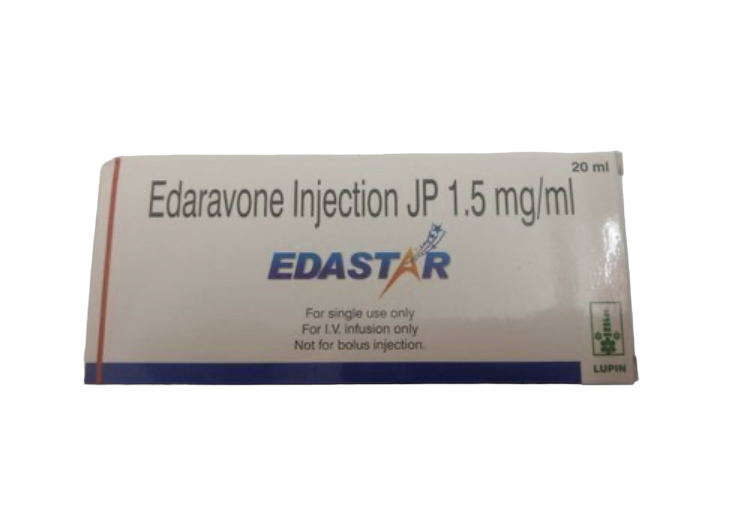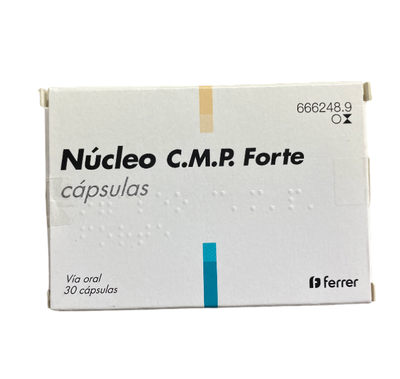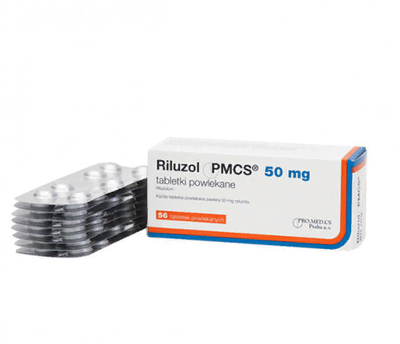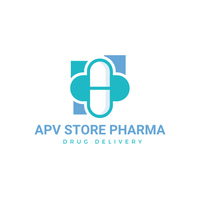Edastar (Edaravon) 1.5 mg 30 ml 1 ampoule
€18.50
A drug for the treatment of stroke and ALS
In stock
Edastar (Edaravon) 1.5 mg 30 ml 1 ampoule
Product Details
Edastar (Edaravon) 1.5 mg 30 ml 1 ampoule
Edastar is a generic (analog) of the Indian-made drug Radikava. It is used to treat ALS (Amyotrophic Lateral Sclerosis).
Pharmacological properties
Edastar (Edaravon) is an ischemic cascade blocker for the empirical therapy of acute ischemic stroke and transient ischemic attack.
Edastar (Edaravon) It helps to reduce the area of ischemic damage and the absence of long-term neurological post-stroke consequences when used early.
Free radicals, such as hydroxyl radicals (OH), are one of the main factors of vascular disorders in the brain associated with ischemia; with ischemia or hemorrhage, the amount of free radicals produced increases at the time of patency restoration due to an abnormal increase in arachidonic acid production. These free radicals cause peroxidation of unsaturated fatty acids, which are part of the lipids of cell membranes, damaging them, which leads to impaired brain function.
In the acute stage of ischemic cerebral infarction, the drug demonstrates a protective effect, suppressing the occurrence and development of ischemic cerebrovascular disorders, such as cerebral edema, neurological symptoms, and slow death of neurons.
The etiology of the onset and development of amyotrophic lateral sclerosis (ALS) is currently not definitively determined. However, it has been suggested that oxidative stress caused by free radicals may be an etiological factor for this pathology. Edaravone, due to its inhibitory effect on lipid peroxidation by binding free radicals, demonstrates inhibition of disease development by reducing oxidative damage to brain cells (vascular endothelial cells / nerve cells).
Pharmacokinetics.
The pharmacokinetics of the drug was studied on five healthy male volunteers and five healthy elderly male volunteers 30 minutes after repeated administration of a dose (0.5 mg / kg) twice a day for 2 days. The concentration of the unchanged drug in the blood plasma in both groups decreased equally without traces of accumulation.
Indications for use
Relief of neurological symptoms, manifestations of disorders of activity in daily life and functional disorders associated with acute ischemic stroke.
Slowing the progression of functional disorders in patients with amyotrophic lateral sclerosis.
Method of administration and dosage
Neurological symptoms associated with acute ischemic stroke, manifestations of violations of daily activities, relief of various kinds of dysfunctions: 30 mg edaravone (1 ampoule) twice a day, morning and evening, by infusion for 30 minutes.
Before administration, the contents of the ampoule are dissolved in 100 ml of 0.9% sodium chloride. Therapy should be started within 24 hours after the onset of symptoms, and the duration of treatment should be at least 14 days.
Inhibitory effect on the progression of dysfunction in amyotrophic lateral sclerosis (ALS): prescribe 60 mg of edaravone (2 ampoules), by infusion for 60 minutes, 1 time per day. Before administration, the contents of the ampoule are dissolved in a sufficient amount of 0.9% sodium chloride. As a rule, the period of administration of the drug and the rest period total 28 days and are considered as 1 course, such courses are repeated. The first course consists of 14 days of taking the drug, followed by 14 days of break and rest, the second course and subsequent ones consist of 10 days of administration of the drug for 14 days, after which the rest period begins for 14 days.
In patients with acute ischemic stroke, the duration of therapy may be shortened depending on the patient's clinical condition.
Elderly patients.
Since elderly patients generally have reduced physiological functions, in case of side effects, the drug should be discontinued and appropriate measures taken. Many examples have been published that elderly patients often have fatal cases, so supervision should be especially careful.
Children. The safety of the drug in children has not been established.
There is insufficient experience of use in acute ischemic stroke in children with ALS. There is no experience of clinical use in children.
Contraindications
Severe form of renal failure.
Hypersensitivity to the components of the drug.
Interactions with other drugs and other types of interactions
When used simultaneously with antibiotics with renal excretion type (cefazolin sodium, cefotiam hydrochloride, piperacillin sodium, etc.), there is a possibility of increased renal dysfunction, in case of combined use, careful monitoring should be carried out, regularly analyzing the functioning of the kidneys.
Edastar (Edaravon) is dissolved in 100 ml of saline sodium chloride solution before administration. Mixing the drug with other intravenous solutions containing various sugars can lead to a decrease in the concentration of edaravone.
The drug should not be mixed with parenteral nutrition solutions and / or solutions containing amino acids, as well as administered through the same infusion systems.
The drug should not be combined with anticonvulsant drugs, including diazepam, phenytoin sodium, etc., Due to the possibility of turbidity formation. Also do not mix with potassium canrenoate.
Use during pregnancy or lactation
The safety of using the drug during pregnancy has not been established. Prescribing the drug to pregnant women is not advisable.
Women should refrain from breastfeeding during the period of use of the drug, since the drug penetrates into breast milk.
The ability to influence the reaction rate when driving vehicles or other mechanisms.
The drug is intended for use in a hospital setting, therefore such data are not available.
Overdose
Overdose cases are not described.
Adverse reactions
From the urinary system: acute renal failure, nephrotic syndrome.
From the skin: rash, redness, swelling, itching, erythema.
From the digestive system: impaired liver function, liver failure, fulminant hepatitis, jaundice.
From the nervous system: insomnia, headache.
From the cardiovascular system: increased blood pressure.
From the blood side: agranulocytosis, DIC syndrome, decrease in the number of red blood cells, leukocytosis, leukopenia, decrease in hematocrit, decrease in hemoglobin, thrombocytosis, thrombocytopenia.
From the respiratory system: acute lung injury syndrome, accompanied by pyrexia, cough, shortness of breath, chest X-ray abnormalities.
From the gastrointestinal tract: nausea, vomiting.
From the musculoskeletal system: rhabdomyolysis.
From the immune system: shock, anaphylactic shock (urticaria, decreased blood pressure, difficulty breathing, etc.).
Changes in laboratory parameters: increased levels of AlAT, AsAT, LDH, ɣ-glutamyltranspeptidase, exercise therapy, bilirubin, creatinine, uric acid in blood serum, glucosuria, hematuria, proteinuria.
Changes at the injection site: redness at the injection site, swelling at the injection site.
Common disorders : hyperthermia.
Storage conditions
Store at a temperature not exceeding 25 ° C in the original packaging.
Keep out of reach of children.
The shelf life is 2 years.
Packaging form
20 ml each in glass ampoules;
2 ampoules in a contour cell package, 1 cell package in a pack of cardboard;
5 ampoules in a contour cell package, 1 cell package in a pack of cardboard;
5 ampoules in a contour cell package, 2 packages in a pack of cardboard.
Composition
active ingredient: edaravone;
1 ml 1.5 mg of edaravone;
Excipients: sodium metabisulfite (E 223), sodium chloride, sodium hydroxide, phosphoric acid, water for injection.
You May Also Like
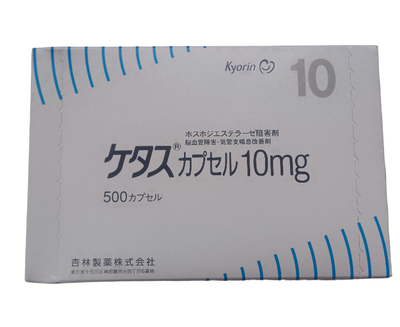
Ketas (Ibudilast) 10 mg 500 capsules.
Ketas (Ibudilast) 10 mg 500 capsules.
A drug for the treatment of bronchial asthma, as well as ALS and MS
€265
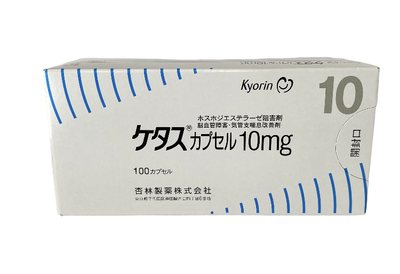
Ketas (Ibudilast) 10 mg 100 tab.
Ketas (Ibudilast) 10 mg 100 tab.
A drug for the treatment of asthma
€56
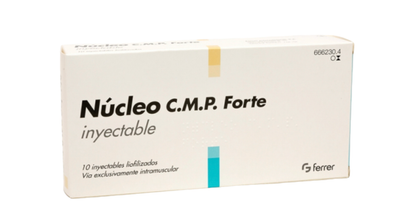
Nucleo CMP Forte injection of 10 ampoules
Nucleo CMP Forte injection of 10 ampoules
The nervous system
€118
